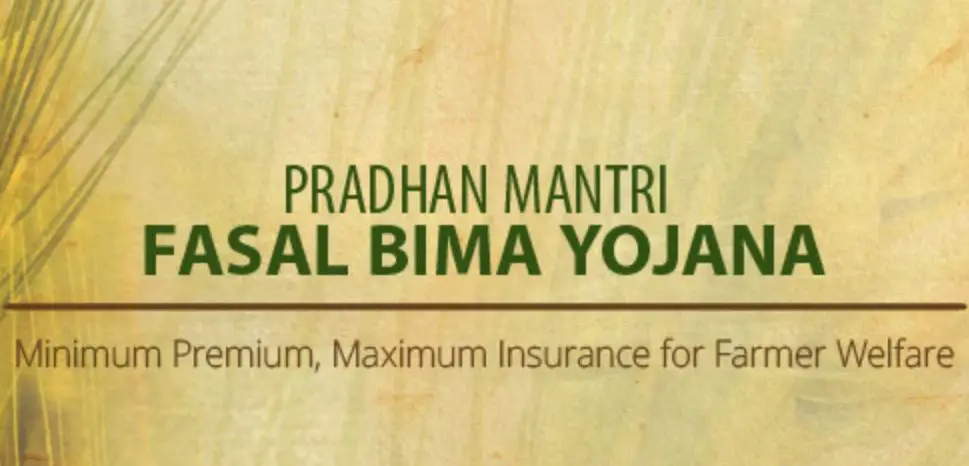Table of Contents
Pradhan Mantri Fasal BIma Yojana (PMFBY) | UPSC – IAS
The Pradhan Mantri Fasal Bima Yojana was launched on 18 February 2016 by Prime Minister Narendra Modi is an insurance service for farmers for their yields.
More about PMFBY| UPSC – IAS
- Out of Rs 1,400 crore earmarked annually for the north-eastern States under Pradhan Mantri Fasal Bima Yojana, only Rs 8 crore was actually spent in 2018. Arunachal Pradesh, Nagaland, Manipur and Mizoram are not covered under the scheme at all.
- States in the Northeast, as well as the Union Territory of Daman and Diu, face challenges such as the lack of interest by insurance companies and the lack of state budgetary resources to pay their share of the premium.
- Insurance companies have been reluctant to bid for these States, as the administrative costs are high. There are no proper land records. Historic yield data is not available for these States, particularly at the gram panchayat and block level.
- Insurance companies are also not interested because the coverage is so limited. There are low number of loanee farmers in the Northeast, except in Assam.
- Lack of forecasting infrastructure has also hampered the penetration of the weather-based insurance scheme in these states.
- Some large States like Bihar and West Bengal have withdrawn from PMFBY to set up their own State-level schemes and Punjab has never participated in the scheme.
Objectives of the PMFBY | UPSC – IAS
- To provide insurance coverage and financial support to the farmers in the event of natural calamities, pests & diseases.
- To stabilise the income of farmers to ensure their continuance in farming.
- To encourage farmers to adopt innovative and modern agricultural practices.
- To ensure flow of credit to the agriculture sector.
Features of PMFBY | UPSC – IAS
- It was launched in 2016 replacing the existing two schemes National Agricultural Insurance Scheme (NAIS) as well as Modified NAIS.
- A uniform premium of only 2% to be paid by farmers for all Kharif crops and 1.5% for all Rabi crops & oilseeds and 5% for horticultural crops.
- The balance premium was to be paid by state and central government in equal proportions.
- There is no upper limit on Government subsidy so farmers will get claim against full sum insured without any reduction.
- The PMFBY is compulsory for loanee farmers availing crop loans for notified crops in notified areas and voluntary for non-loanee farmers.
- The PMFBY operates on an area approach. Thus, all farmers in a particular area must pay the same premium and have the same claim payments.
- It encourages bidding amongst insurance companies before being allocated to a district to ensure fair competition.
- Yield Losses – Natural Fire and Lightning, Storm, Hailstorm, Cyclone, Typhoon, Tempest, Hurricane, Tornado. Risks due to Flood, Inundation and Landslide, Drought, Dry spells, Pests/ Diseases. It also includes Post Harvest losses.
- It also includes mandatory use of technology such as smartphones, drones etc. while assessing losses.
- Public sector insurer (Agriculture Insurance Company of India, United India Insurance Company etc.) and private insurance companies are empanelled for implementation of the scheme.
- Recently, states have been allowed to set up their own insurance companies for implementing the scheme.
- Recently, Government has comprehensively revised the Operational Guidelines of the scheme.
- The farmers will be paid 12% interest by insurance companies for the delay in settlement claims beyond two months of prescribed cut-off date.
- State Governments will have to pay 12% interest for the delay in release of State share of subsidy beyond three months of prescribed cut-off date submission of requisition by insurance companies.
- Inclusion of hailstorms in post-harvest losses, besides unseasonal and cyclonic rainfalls.
- Separate Budget Allocation for Administrative expenses (at least 2% of budget of scheme).
- Appointment of District Level Grievance Redressal Officer and creation of State and District Grievance Redressal Cells for fast redressal of grievances.


